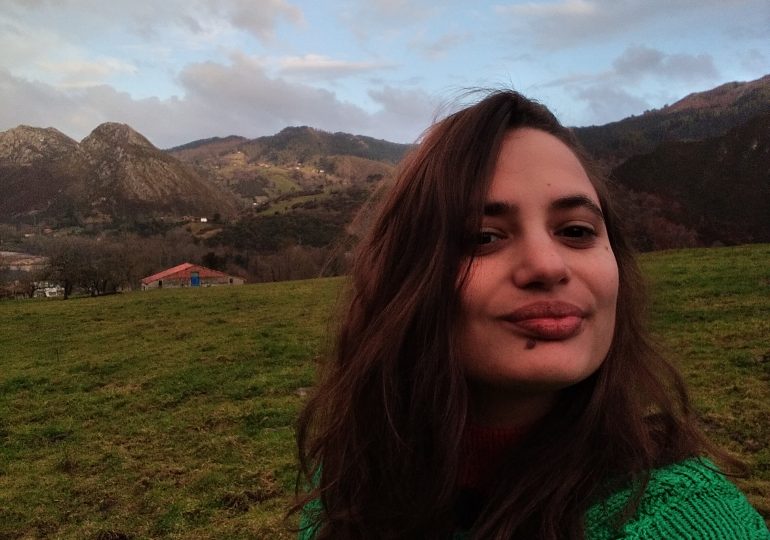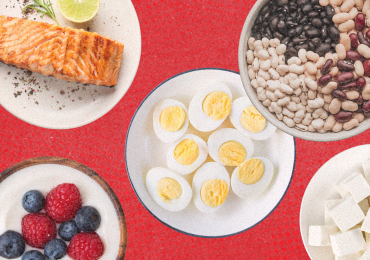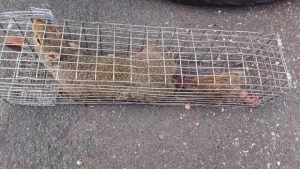2024 HALDANE PRIZE SHORTLIST: Pamela Medina-van Berkum discusses her paper “Plant geographic distribution influences chemical defences in native and introduced Plantago lanceolata populations“, which has been shortlisted for Functional Ecology’s 2024 Haldane Prize for Early Career Researchers:
About the paper
Plants face many challenges when they spread to new places. Our research focused on a plant called ribwort plantain (Plantago lanceolata), which is common across Europe, to see if plants from their native habitat grow and protect themselves differently compared to those that have spread to other parts of the world. Working with scientists from many countries, we collected seeds from a variety of regions, grew them in a controlled environment, and studied the natural chemical defences that help protect plants from being eaten by herbivores.
It has been hypothesized that plants in new environments might invest less in these defenses because they might face fewer natural enemies in their new environments. But we found the opposite: generally, introduced populations of ribwort plantain were characterized by an increase in chemical defence without under herbivore attack. This effect was more visible when considered the climatic conditions of the geographic origins of the plants. Our research helps explain how plants adjust to new environments, offering insights into why some species spread so successfully. Understanding these processes is important, not only for predicting the impact of invasive plants on ecosystems but also for anticipating how plants might adapt to climate change in the future.
This paper was my first deep dive into metabolomics, where I became captivated by the unique chemical properties of plants and the hidden strategies they use to survive and establish themselves in new environments. I was also fortunate to collaborate with Eric Schmöckel, a master’s student whose dedication made the experimental work and chemical analyses both smoother and more enjoyable.
About the author
I am an ecologist from a small Mayan village in Mexico. Since my undergraduate studies, I’ve been fascinated by plant-mediated interactions and bat ecology. My early research focused on how insects and hummingbirds change their behavior depending on the plant resourced available in the community. Over time, my curiosity shifted toward the plant perspective — how plants themselves respond to other organisms and the crucial role of both beneficial (mutualistic) and harmful (antagonistic) interactions in shaping their fitness. This interest led me to dive deeper into the world of plant chemistry, uncovering how plants communicate and interact with their environment through chemical signals. Beyond plant-chemical interactions, I’m also deeply interested in bats. For the past ten years, I’ve worked in cloud forests to learn more about bat ecology while teaching and mentoring students from different parts of the world, as well as local communities, about the importance of bats and protecting their habitats.
I am currently in the final stages of my PhD, investigating how plant chemical defenses are shaped by biodiversity and their eco-evolutionary interactions with other organisms under the supervision of Prof. Dr. Sybille Unsicker and Prof. Dr. Jonathan Gershenzon at the Max Planck Institute for Chemical Ecology. As part of The Jena Experiment, my research has important implications for biodiversity conservation and ecosystem stability, helping uncover the mechanisms that drive plant adaptation in a changing world.






